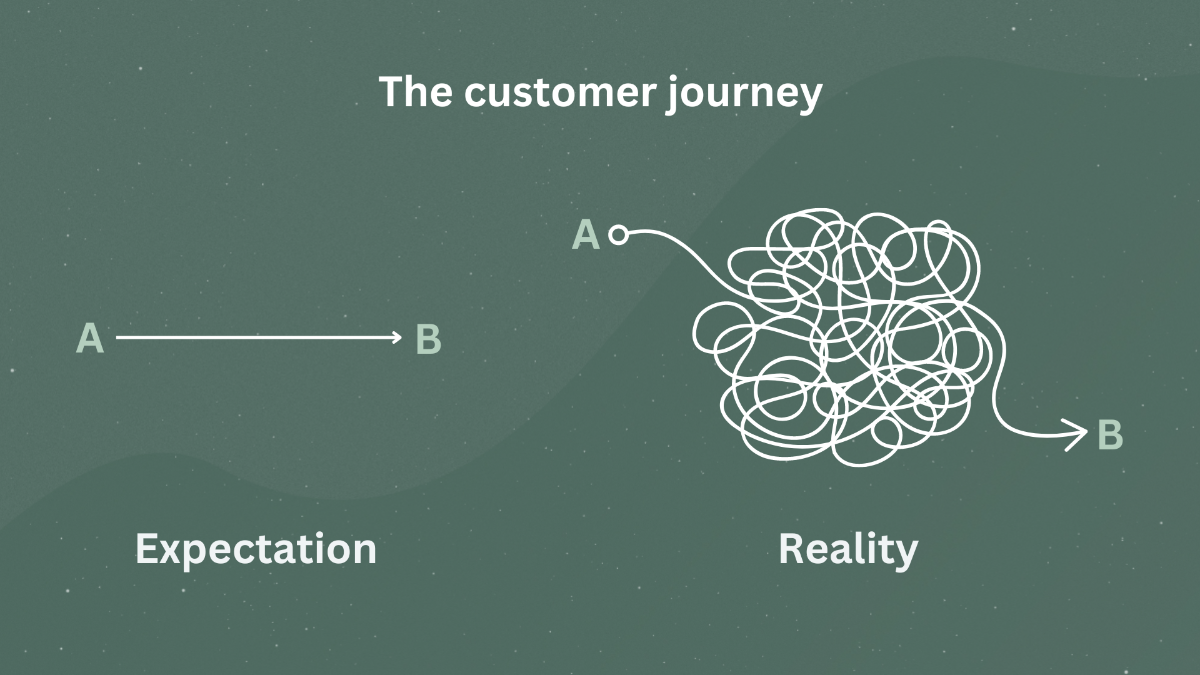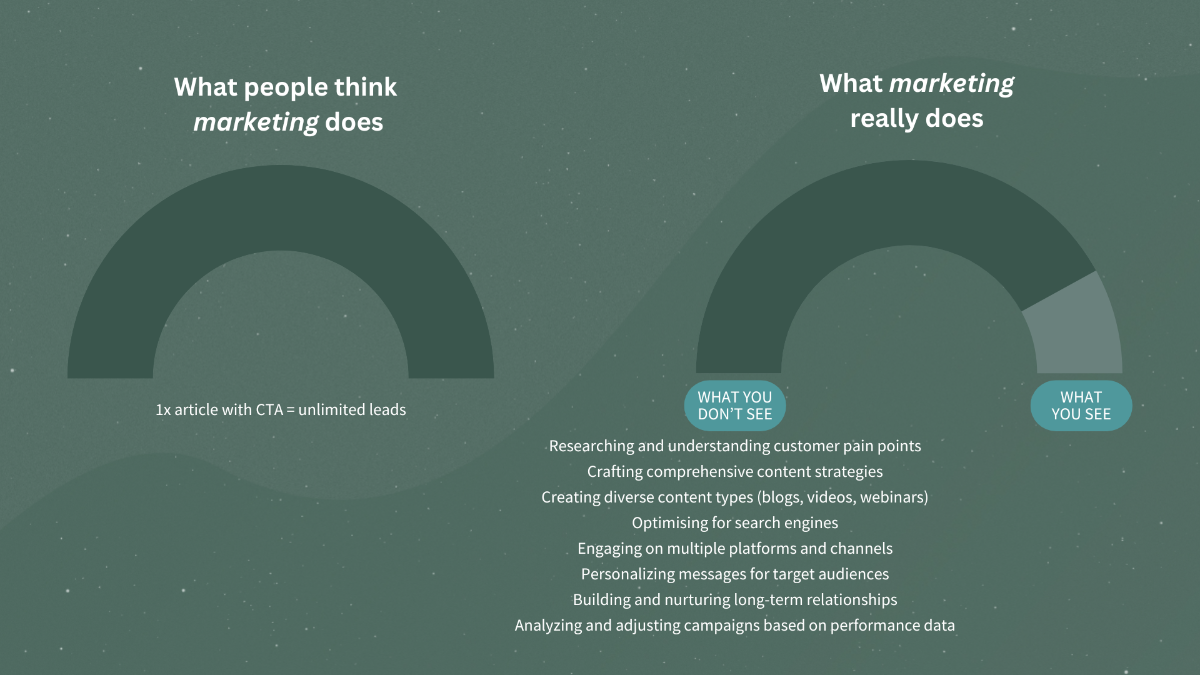
Picture this.
You’re in the marketing team of a cybersecurity firm in Singapore targeting enterprise clients.
You’ve got a shiny new product in your hands, a cybersecurity solution that’s set to revolutionise the way businesses in Southeast Asia protect their data.
Management’s directive is clear: “Get that case study out, How Company ABC Fought Against Cyber Threats with Our Cybersecurity Solution, slap on a CTA for a free consultation, and watch the leads roll in!”
But a month later…
Crickets. 🦗
Leadership is understandably perplexed.
“What happened? What’s the ROI on all this marketing spend? Why isn’t this working?” they ask, eyebrows furrowed.
Frustrating, isn’t it?
That’s why I’m calling it: The old marketing funnel is dead.
It used to be so simple.
We’d guide prospects down a linear path, from awareness to consideration to purchase.
But the digital landscape in our region has changed. Buyers today have the world at their fingertips.
In Southeast Asia especially, B2B buyers tend to be more independent. In fact, 70% of us prefer to conduct their own research and read reviews before we even decide to speak to sales.
This preference for self-education has been influenced by our upbringing, particularly in Singapore where critical thinking and self-reliance are emphasized.
Buyers today leverage social media platforms, peer reviews, and localized content to guide their decisions, making it essential for marketers to provide valuable, easily accessible information across multiple channels.

So, I took a deep breath and explained to leadership:
Today’s buyers are savvy, informed, and community-minded.
One-off case studies and generic CTAs won’t cut it in today’s complex digital landscape.

People want to be sold to, without being sold to.
So, how do we adapt?
It’s all about creating a contextualized experience in the buyer’s journey.
That’s where the idea of a comprehensive resource hub, Protecting Your Business in the Digital Age: A Guide for Southeast Asian Enterprises, comes in.
This one-stop hub could include:
- An in-depth analysis of the unique cybersecurity challenges facing SEA businesses, taking into account regional regulations, cultural factors, and emerging threats.
- Case studies showcasing how your solutions have helped local companies prevent and mitigate cyberattacks, including testimonials from key decision-makers.
- An interactive risk assessment tool that lets potential clients evaluate their current cybersecurity posture and identify areas for improvement.
- A series of webinars featuring industry experts discussing the latest trends and best practices in cybersecurity for the SEA region.
It’s about being present, helpful, and relevant — not just pushing your product.
D.I.Y.
From working both as an in-house marketer in SaaS companies and at agencies, I’ve learned these practices are crucial:
- Build trust, not just leads: Create content that genuinely addresses their pain points and offers valuable insights, not just empty promises.
- Optimize for community: Make sure your brand is visible and active in the online spaces where your target audience gathers and shares information.
- Diversify your content: Offer a variety of formats – blogs, videos, webinars, social posts – that cater to different learning styles and preferences, prioritizing authenticity and transparency.
- Embrace the omnichannel experience: Be present on the platforms where your buyers are spending their time, whether it’s WhatsApp, Telegram, or local forums.
- Personalize everything: Tailor your messages and offers to the specific needs and interests of each individual, considering cultural nuances and local market trends.
- Nurture relationships: Build long-term connections based on trust, mutual respect, and shared values. Remember, in SEA, business is often personal
Let’s raise the bar of content marketing in Southeast Asia
We hope you’re enjoying Rise and find this newsletter helpful.
And if you do, why not share it with a friend?
Thanks for reading!
![]()
Elwyn
with help from Kat



